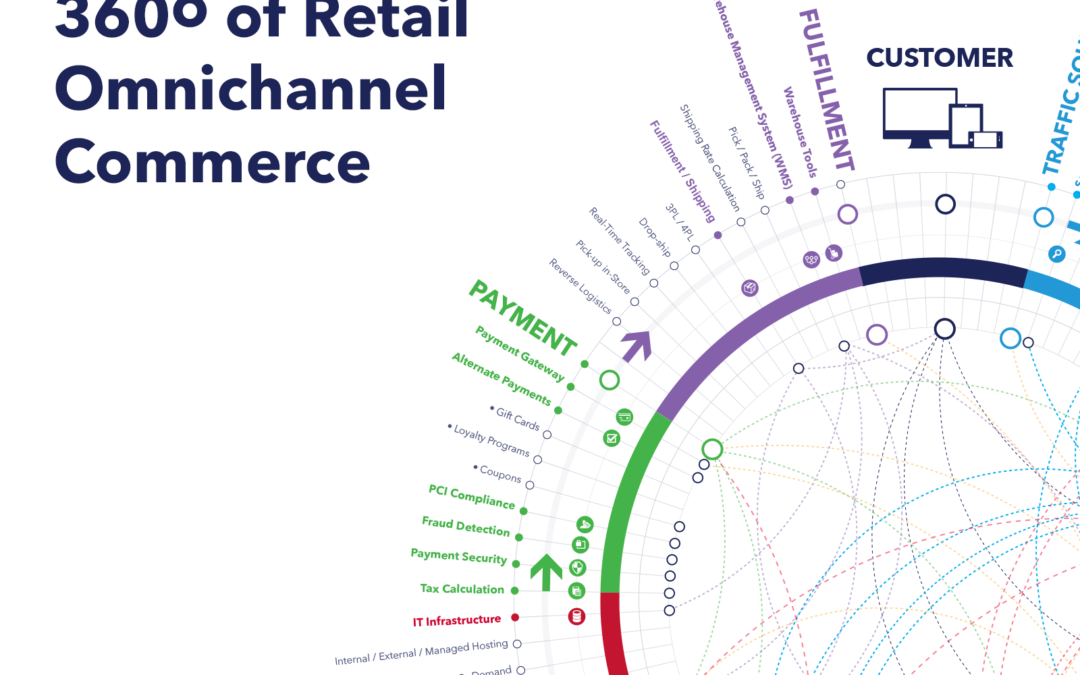As the retail industry continues in a rapid state of change, many traditional brick-and-mortar executives are now having to incorporate the notion of “Omnichannel Commerce” into their strategy. This refers to a customer having one continual and consistent shopping experience across all touchpoints with a brand – whether it is in the store, online, on their mobile device, on a social media site, or through the call center. This notion evolved from another buzzword from the early 2000s – “Multi-channel Commerce” which consisted of multiple commerce channels – not necessarily running in a collaborative manner.
Continual advancements in consumer technology, combined with dramatic shifts in customer behavior to shop more and more online have put extreme pressure on Retailers to change or die. Customers now have much more intricate shopping behaviors – looking to Google or Amazon first before setting out for the mall to buy something. Facebook is now playing a role as a customer service tool where brands get real-time feedback and can interact with their customers. While customers are waiting to be served in a store, they are comparing competitors’ pricing on their mobile devices. People are buying items online, and expecting to be able to return the items in-store. These are just some of the many ways that retail as we know it, has changed.
Download this image as a high-resolution poster
What is involved in creating this shopping experience? The diagram below shows an overview of a sample Omnichannel Commerce solution and some of the coordinated elements required behind the scenes to obtain a 360-degree view of the customer across channels. The lines in the center of the diagram represent some sample integrations between the systems and channels throughout the purchasing cycle. If it appears to be complex, it’s because it is.
Building out your technology infrastructure to accommodate an Omnichannel Commerce strategy is not trivial and requires an experienced team to execute it, but the returns and rewards can be many times over the investment.

